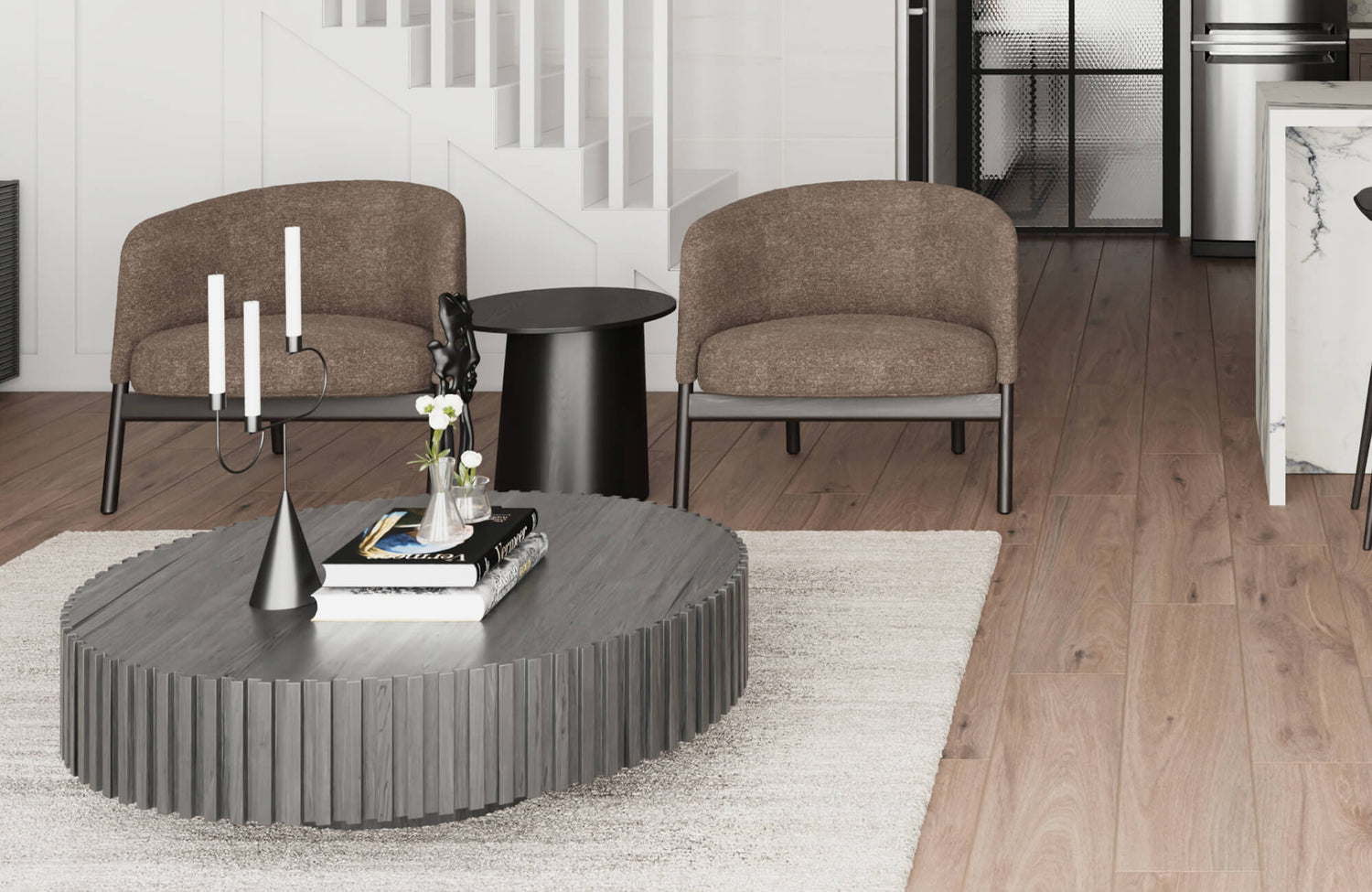The prevalence of polypropylene rugs in modern homes is undeniable, driven by their appealing blend of resilience, cost-effectiveness, and design versatility. However, beneath the surface of practicality lies a pertinent question: Are these synthetic floor coverings truly safe for prolonged indoor exposure? Concerns regarding potential chemical off-gassing, allergen accumulation, and long-term durability have led many consumers to seek clarity. This in-depth article explores the safety profile of polypropylene rugs from multiple angles, including chemical emissions, user sensitivities, flammability, environmental sustainability, and real-world usage.
Understanding Polypropylene
Polypropylene is a thermoplastic polymer constructed from repeating units of propylene monomers. Through polymerization, long chains of hydrocarbon molecules are created, lending the material both strength and flexibility. Unlike natural fibers, polypropylene's synthetic origin allows manufacturers to precisely control its characteristics. Its non-polar molecular structure makes it hydrophobic, which means it repels water and resists moisture absorption—a feature that contributes to its resistance to mold and mildew.
The production process starts with polypropylene pellets, which are melted and extruded into fibers. These fibers can be spun into different textures and pile heights. During manufacturing, various additives such as dyes, UV stabilizers, or flame retardants may be introduced. These added substances can influence not only the rug’s appearance and durability but also its safety. The overall chemical profile of a polypropylene rug can vary significantly depending on the quality of raw materials and the manufacturing standards used.
Buildup of VOCs and Indoor Air Quality
While polypropylene’s composition offers many practical advantages, its chemical profile, particularly with indoor environments, can lead to a buildup of VOCs, making it essential to consider the emission profiles of materials brought into our homes.
What VOCs Really Mean
Volatile Organic Compounds (VOCs) are carbon-based chemicals that evaporate easily at room temperature. Common sources in household environments include paints, cleaning products, furniture, and flooring materials. Some VOCs are harmless, while others can cause mild to severe health effects such as eye, nose, or throat irritation, headaches, dizziness, and, in extreme cases, organ damage with prolonged exposure.
Polypropylene's Profile
Polypropylene itself is a relatively stable polymer and is generally associated with low intrinsic VOC emissions. However, concerns arise from added substances like adhesives, dyes, and backings, which may contain compounds like formaldehyde or styrene. These additives, not the polypropylene fibers themselves, are more likely to be responsible for off-gassing.
To minimize risks, consumers should look for polypropylene rugs with safety certifications like OEKO-TEX Standard 100 or CRI Green Label Plus, which confirm that the final product has passed stringent tests for low chemical emissions. When a new rug arrives, airing it out in a well-ventilated space for several days can help dissipate any residual odors or gases.

Sensitivities and Allergic Reactions
While polypropylene rugs are often marketed as hypoallergenic and low-irritant, it’s important to consider how individual sensitivities may vary. Understanding how this material interacts with different types of users can help you make more informed decisions.
Sensitive Skin
Polypropylene is generally considered gentle on the skin and has a low likelihood of causing irritation. Its smooth, non-reactive surface makes it more skin-friendly than natural fibers like wool, which contains lanolin—a common allergen. However, some individuals may still react to the dyes or chemical treatments applied during production. For those with known sensitivities, it’s recommended to patch-test a sample before installing a full-size rug.
This consideration becomes even more crucial in spaces like nurseries or playrooms where close contact is frequent. Opt for rugs that have been certified for low chemical emissions, and ensure proper ventilation during and after setup. The combination of a soft texture and chemical safety ensures a safer environment for young children and those with delicate skin.
Considerations for Allergy and Asthma Sufferers
Polypropylene's hydrophobic and mildew-resistant nature makes it an attractive option for allergy sufferers. Its smooth fibers are less likely to harbor dust mites and mold compared to natural materials. However, like any rug, polypropylene can still trap airborne particles such as dust, dander, and pollen. The rug's backing and construction can also influence how much debris accumulates over time.
Frequent vacuuming is then essential to maintain indoor air quality. Those with respiratory sensitivities should also be cautious of chemical residues from manufacturing or treatments. Choosing certified low-emission rugs and maintaining good room ventilation can significantly reduce these risks. For heightened sensitivity, consider testing a sample rug before committing to a larger piece.
Durability
Durability is not just about longevity; it also relates to how a rug contributes to a safe, low-maintenance indoor environment over time.
Lasting Layers
Polypropylene rugs are known for their resistance to wear, which reduces the frequency of replacement and minimizes repeated exposure to new materials. However, prolonged use and regular footfall can lead to gradual shedding of microfibers. Though current studies suggest these microplastics pose minimal indoor risk, ongoing research continues to evaluate their potential health impacts.
Daily Wear and Tear
Busy spaces like hallways or entryways can accelerate fiber wear. Vacuuming, dragging furniture, and using aggressive cleaning methods can all break down the rug surface. Choosing tightly woven, dense polypropylene rugs and following manufacturer care guidelines can help reduce shedding and maintain a clean, stable surface for longer use.
Fire Safety Considerations
Another crucial aspect of indoor safety is how a rug might behave in the event of a fire. The flammability of materials used in our homes is a significant concern, and understanding the fire safety characteristics of polypropylene rugs is essential for making informed choices.
Catching Fire
Polypropylene is inherently flammable due to its hydrocarbon-based composition. In the presence of an open flame, it tends to melt and recede rather than ignite quickly, which can slow the spread of fire. Many polypropylene rugs are also treated with fire-retardant coatings to meet flammability safety standards.
Standards and Safety
Rugs sold in many regions must meet specific fire safety regulations, often involving standardized burn tests. Look for labels indicating compliance with safety benchmarks such as ASTM D2859 (Standard Test Method for Ignition Characteristics of Finished Textile Floor Covering Materials). These certifications provide added assurance that the rug poses minimal fire risk under normal indoor conditions.
The Eco-Angle Sustainability and Responsible Choices
In addition to immediate indoor safety, it’s worth considering the broader environmental impact of polypropylene rugs.
Environmental Footprint
As a synthetic material derived from fossil fuels, polypropylene rug raises concerns regarding their production energy use and long-term waste. Disposal at the end of its life cycle contributes to plastic waste unless recycling options are available. On the positive side, its durability can reduce the frequency of replacements, helping offset some of its environmental impact.
Responsible Rug Ownership
Eco-conscious consumers can take steps to minimize environmental harm by choosing polypropylene rugs made from recycled content or those manufactured by companies with transparent sustainability practices. When the rug reaches the end of its usefulness, check for local recycling programs or textile reclamation services to keep it out of landfills. Proper care also extends the rug’s life and reduces its environmental footprint.

Comparing Polypropylene to Other Indoor Rug Materials
Understanding the safety of polypropylene is easier when viewed alongside other common rug materials.
Wool, Cotton, Jute, and Nylon
Wool is a luxurious, naturally insulating fiber but can be costly, harbor allergens, and require professional cleaning. Cotton, on one hand, is breathable and affordable, but not highly stain-resistant, while jute offers eco-friendly appeal but is less durable and moisture-sensitive. Lastly, nylon excels in resilience and stain resistance but typically comes with a higher price tag and similar fossil-fuel concerns as polypropylene.
Considering these materials, polypropylene stands out for being budget-friendly, water-resistant, and easy to maintain. While its texture may not match that of wool or cotton, modern manufacturing techniques have made significant strides in improving its softness and appearance. For allergy-prone individuals, polypropylene and nylon rugs may be safer choices due to their low allergenic potential compared to natural fibers like wool rugs, as previously highlighted.
When Polypropylene Might Be the Better Choice
Rooms that face frequent moisture, spills, or heavy use, such as kitchens, basements, and mudrooms, are well suited for polypropylene rugs. Their resistance to mildew and stains makes them a practical choice in these environments. In addition, rugs made from a polypropylene and polyester blend offer enhanced softness and improved resilience while retaining the moisture-resistant benefits of polypropylene. This hybrid construction is ideal for households seeking a more comfortable feel underfoot without sacrificing performance in damp or spill-prone spaces. One excellent example is the Charlise Polypropylene & Polyester Pile Rug in Natural / Navy from Edward Martin, shown in the photo above, which blends durability and softness in a versatile design suitable for high-activity areas. While natural fibers might be ideal for bedrooms or formal spaces, polypropylene’s utility often outweighs aesthetic preferences in more demanding areas.

Practical Usage Tips for Indoor Safety
While polypropylene rugs are generally safe for indoor use, taking additional precautions during installation and maintenance can further reduce exposure to airborne chemicals and allergens.
Reducing Off-Gassing Indoors
Even with low-VOC rugs, it's wise to take precautions. When you receive a new polypropylene rug, unroll it in a well-ventilated area such as a garage, balcony, or shaded outdoor space. Allow it to breathe for 48 to 72 hours before placing it indoors. Once installed, keep windows open and use fans or air purifiers to maintain airflow and minimize potential airborne particles.
Cleaning and Maintenance for a Healthier Home
Proper upkeep helps preserve both the rug's condition and indoor air quality. Vacuum regularly using a machine with a HEPA filter to trap fine particles and allergens, and spot clean spills promptly with mild, non-toxic cleaners designed for synthetic fibers. Also avoid harsh chemicals, which can break down the fibers or leave behind residues. Periodically rotate the rug to distribute wear evenly and consider professional eco-friendly cleaning once or twice a year to maintain hygiene.

Consumer Experiences and Industry Perspectives
While scientific evaluations and material properties provide valuable insights, understanding how polypropylene rugs perform in real-world settings and the perspectives of both users and industry professionals offers a more complete picture of their safety and suitability for indoor use.
What Buyers Are Saying
Consumer experiences with polypropylene rugs are generally positive, often highlighting their ease of cleaning, stain resistance, and affordability. Many users appreciate their durability and suitability for busy areas and homes with pets and children. However, some consumers express concerns about potential odors upon initial unrolling, which usually dissipate quickly with ventilation, and the perceived "synthetic" feel compared to natural fibers. Overall, satisfaction levels are high, with many finding polypropylene rugs to be a practical and safe choice for their homes.
What Industry Experts Recommend
Environmental scientists and textile experts generally consider polypropylene safe for indoor use, particularly when purchased from reputable brands. Concerns typically center around low-grade manufacturing, which may involve harmful additives. Experts recommend looking for low-VOC certifications and purchasing from transparent brands. Interior designers frequently suggest polypropylene rugs for busy areas due to their practicality and resilience.
Making a Safe Choice with Polypropylene Rugs
Are polypropylene rugs safe for indoor use? In most cases, the answer is yes—with some thoughtful consideration. The material itself emits few VOCs, resists mold, and is generally non-irritating to the skin. However, safety ultimately depends on the rug’s manufacturing quality, chemical treatments, and maintenance practices. By choosing certified products, ensuring good ventilation, and practicing responsible cleaning and care, homeowners can confidently use polypropylene rugs as a safe and practical choice for their living spaces.












